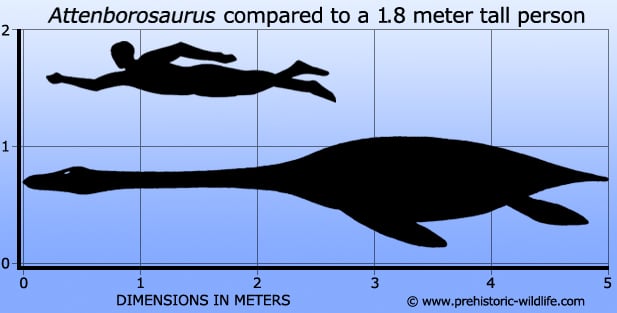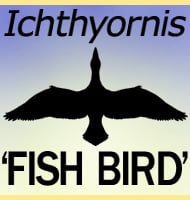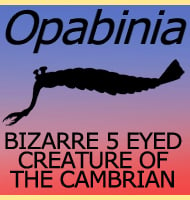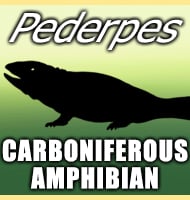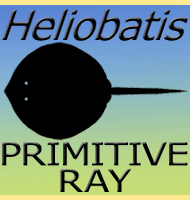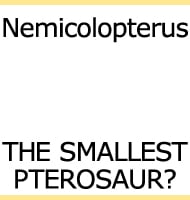In Depth
The discovery of Attenborosaurus was unorthodox to say the least. When first discovered the remains were referred to the Plesiosaurus genus as a new species, P. conybeari. These remains were destroyed during a bombing raid in World War II, but a plaster cast of them was made before this happened which has meant all but the original skin impressions can still be studied. This plaster cast was enough to bring the realisation that while similar to Plesiosaurus, the remains are different enough to warrant the creation of a new genus; Attenborosaurus.
As you may have already gathered from its association with Plesiosaurus, Attenborosaurus had the small head, long neck, round body with four flippers that are associated with all plesiosaurs. As Attenborosaurus approached shoals of fish it could use its long neck to reach in and snap up a fish, the sharp teeth in the mouth granting Attenborosaurus a secure grip upon its prey. The skin impressions with the original fossils are noted as being a smooth membrane that was devoid of any noticeably large scales. This smooth skin probably helped to streamline Attenborosaurus as it swam through the water by reducing drag from water resistance.
Attenborosaurus is named after the Sir David Attenborough, who is perhaps best known for narrating a huge amount of BBC nature documentaries. The species name is derived from the original Plesiosaurus conybeari, which itself was named after William Conybeare who was one of two people who named the Plesiosaurus genus back in 1821.
Further Reading
– On a new species of Plesiosaurus (P. Conybeari) from the Lower Lias of Charmouth; with observations on P megacephalus, Stutchbury, and P. brachycephalus, Owen. – W. J. Sollas – 1881.
